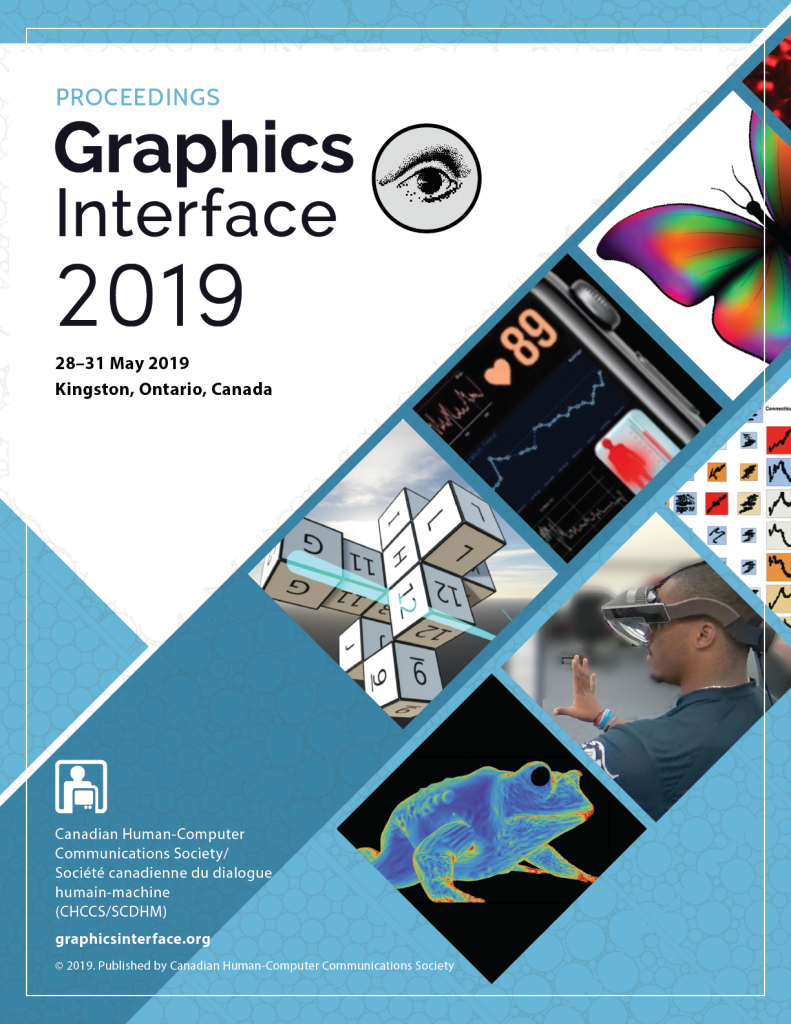BibTex
@inproceedings{Wehbe:2019:10.20380/GI2019.28,
author = {Wehbe, Rina R. and Riberio, Giovanni and Fung, Kin Pon and Nacke, Lennart E. and Lank, Edward},
title = {Biologically-Inspired Gameplay: Movement Algorithms for Artificially Intelligent (AI) Non-Player Characters (NPC)},
booktitle = {Proceedings of Graphics Interface 2019},
series = {GI 2019},
year = {2019},
issn = {0713-5424},
isbn = {978-0-9947868-4-5},
location = {Kingston, Ontario},
numpages = {9},
doi = {10.20380/GI2019.28},
publisher = {Canadian Information Processing Society},
}Supplementary Media
Abstract
In computer games, designers frequently leverage biologicallyinspired movement algorithms such as flocking, particle swarm optimization, and firefly algorithms to give players the perception of intelligent behaviour of groups of enemy non-player characters (NPCs). While extensive effort has been expended designing these algorithms, a comparison between biologically inspired algorithms and naive directional algorithms (travel towards the opponent) has yet to be completed. In this paper, we compare the biological algorithms listed above against a naive control algorithm to assess the effect that these algorithms have on various measures of player experience. The results reveal that the Swarming algorithm, followed closely by Flocking, provide the best gaming experience. However, players noted that the firefly algorithm was most salient. An understanding of the strengths of different behavioural algorithms for NPCs will contribute to the design of algorithms that depict more intelligent crowd behaviour in gaming and computer simulations.





















































